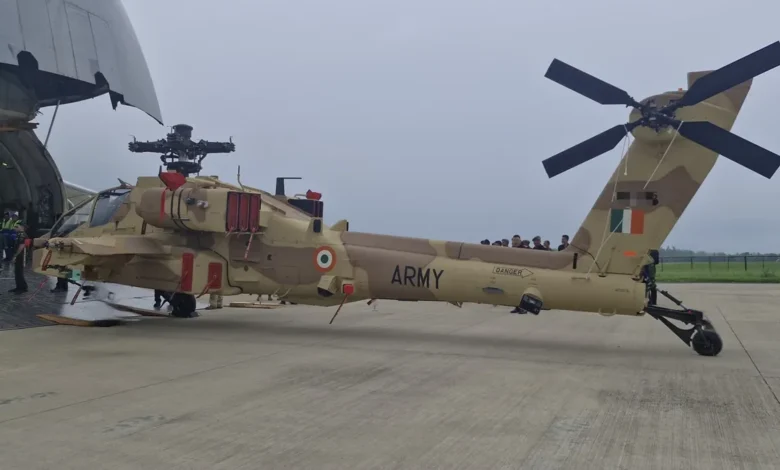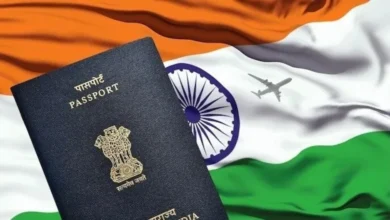India expands army aviation might with advanced US-made Apache attack choppers
First batch of AH-64E to be deployed in Jodhpur

The Indian Army has received its first batch of AH-64E Apache attack helicopters from the United States, with three choppers arriving at Hindon Airbase today.
Army officials confirmed that the aircraft will undergo assembly, Joint Receipt Inspection (JRI), and formal induction processes before being deployed to Jodhpur, a key operational hub in western India.
The AH-64E Apache, manufactured by US defense giant Boeing, is recognized globally as one of the most advanced multi-role attack helicopters. It is already in use by several major militaries, including those of the United States, United Kingdom, Israel, and Egypt. India now joins this elite group with the induction of Apaches into its Army Aviation Corps.
The helicopters come equipped with formidable firepower, including a 30 mm chain gun, laser- and radar-guided Hellfire missiles, and rocket pods capable of neutralizing a wide range of ground targets. A standout feature of the AH-64E is its Longbow radar system, which allows it to detect and engage threats from behind cover, minimizing exposure in high-risk combat environments.
This latest delivery is part of India’s broader defense modernization effort. While the Indian Air Force previously received 22 Apaches under a 2015 agreement, these six new helicopters are the first batch designated for the Indian Army, reflecting an expansion of the Army’s independent combat aviation capabilities.
In parallel with foreign acquisitions, the Indian Army is also investing in indigenous aviation assets. In March last year, the Ministry of Defence signed contracts worth over ₹8,073 crore to acquire 34 Advanced Light Helicopters (ALH) Dhruv Mk III, with 25 going to the Army and 9 to the Coast Guard. This marks a significant push toward self-reliance in defense manufacturing.
The arrival of the Apaches signals a significant leap forward for India’s frontline combat readiness, especially in challenging terrains such as western deserts and northern high-altitude zones. Their deployment in Jodhpur will enhance India’s quick strike capability and bolster its preparedness in strategically sensitive regions.













